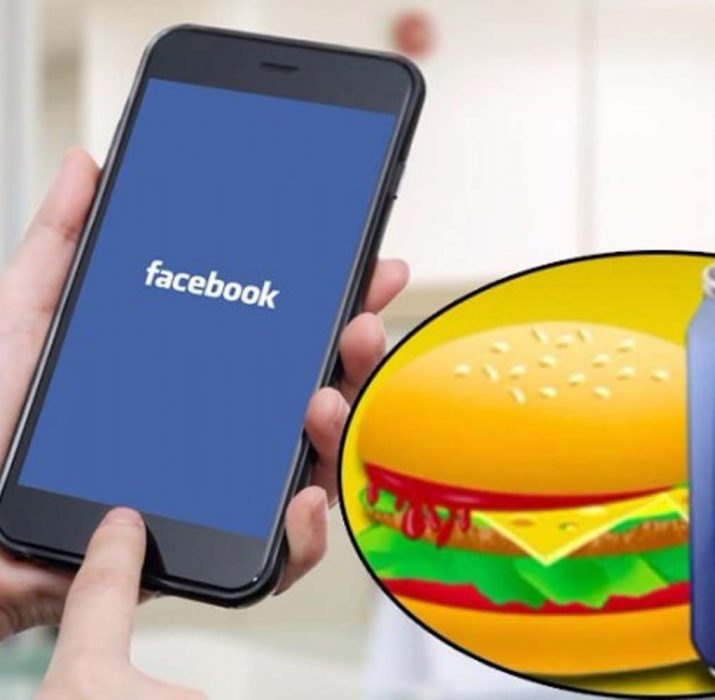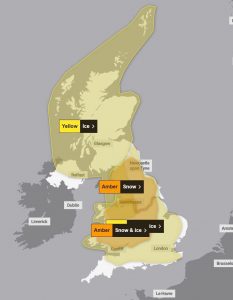Facebook to launch “ordering food” functions
Last week, Facebook announced a new functionality, called “Order Food,” that will allow customers to order and pay for meal delivery and pickup from select restaurants without ever leaving the Facebook app, according to TechCrunch.

Last week, Facebook announced a new functionality, called “Order Food,” that will allow customers to order and pay for meal delivery and pickup from select restaurants without ever leaving the Facebook app, according to TechCrunch.
The move, which is related to Facebook’s partnerships with Slice and Delivery.com, improves on an existing feature that allows users to order directly from select restaurant Pages. Order Food is currently available for only some Facebook users, but an eventual full rollout is expected.
Facebook is likely hoping to capitalize on a growing trend in order to improve its payments functionality.
Mobile order-ahead and delivery are on the rise. BI Intelligence forecasts that mobile order-ahead sales will grow at a 57% CAGR to reach $38 billion by 2020. Likewise, in Q1 2017, GrubHub, one of the largest delivery services, saw a 26% annual increase in both active diners and gross food sales.

That could incentivize more people to add payment information to Facebook or engage with the firm’s payments offerings more frequently. The popularity of mobile order-ahead and online delivery, and the added convenience of Facebook’s service, could be a tool for Facebook to improve engagement, particularly with its payments and commerce offerings. Rising usage positions Facebook for indirect revenue gains, because it gives the company insight into consumer commerce behavior that could be used to attract advertising partners.
Quick-service restaurants (QSRs) — also known as fast-casual restaurants — such as Starbucks have been turning to mobile order-ahead apps to extract higher sales, intensify customer loyalty, and heighten foot traffic.
Mobile order-ahead refers to a consumer-facing mobile payment platform that allows customers to order food remotely, pay for the items on their phone, and pick up their order at a specific restaurant location. Leading QSRs in the U.S. are beginning to adopt these platforms at an accelerated pace and are benefiting from them. Taco Bell sees 30% higher average order values on mobile compared to in-store, and Starbucks’ Mobile Order & Pay already represents 10% of total transactions at high-volume stores, directly contributing to increased company sales.
Mobile order-ahead is still in its early days, but will be a $38 billion industry by 2020, accounting for 10.7% of total QSR industry sales. This will be driven by full adoption among the top QSRs in the US, the growth of mobile commerce, QSR adoption through aggregators like Grubhub, loyalty programs, higher average order values, and new buy buttons.









